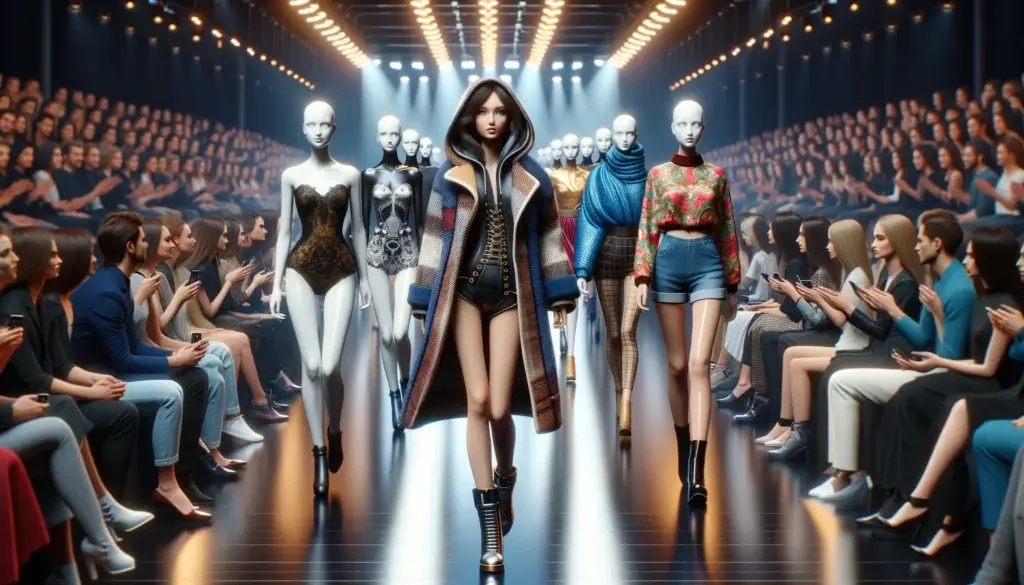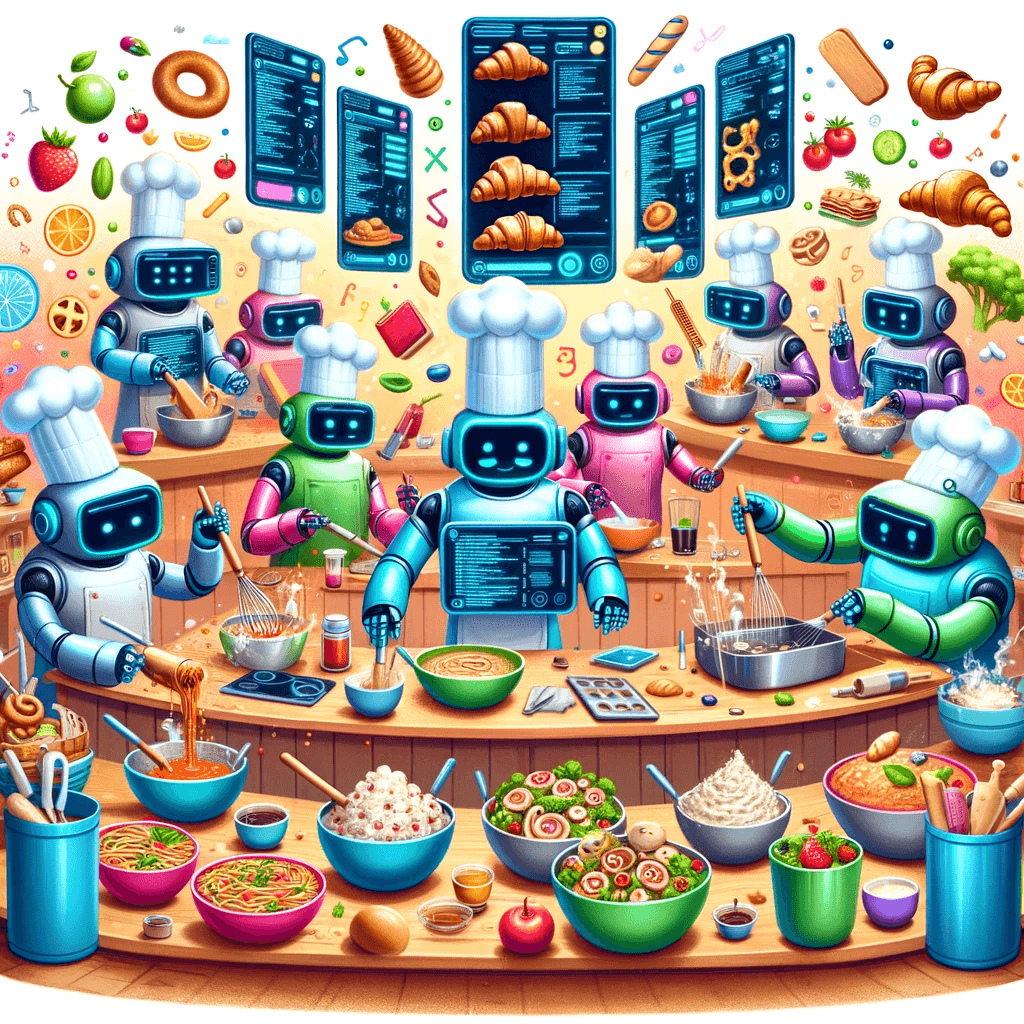When artificial intelligence decides to play Coco Chanel, the fashion world braces for a runway show of binary couture – an eclectic mix of data-driven masterpieces and, let’s be honest, digital faux pas. Welcome to the era of AI fashion designers, where algorithms decide whether polka dots and stripes can have a harmonious marriage.
First, let’s talk about the triumphs of AI in the fashion industry. There’s something undeniably cool about a computer churning through gigabytes of fashion data, emerging with designs that would make Versace do a double take. We’ve seen AI create outfits that are so on-trend they could strut straight off the screen and onto the catwalk. These algorithmic successes remind us of the immense potential that lies in a collaboration between human creativity and machine intelligence.
But, as with any experimental artist, AI has its share of ‘What were they thinking?’ moments. Picture this: a dress designed for the summer season, but with a fabric better suited for an Antarctic expedition. Or an evening gown patterned with what appears to be the chaotic aftermath of a toddler’s finger painting session. It seems that while AI can analyze trends, it occasionally misses the mark on context and practicality.
There’s a certain irony in machines – known for precision and logic – creating designs that sometimes defy any rational explanation. These sartorial missteps are not just a matter of taste; they’re a reminder that AI, despite its advanced algorithms and processing power, still lacks the nuanced understanding that comes naturally to a human designer. It’s the difference between reading a recipe and actually knowing how to cook.
The collision of AI and fashion also opens up a broader discussion about the role of technology in creative industries. Is AI an assistant or a replacement? It’s like having a robot for a sous-chef; great for chopping onions, but you wouldn’t trust it to season the soup. Similarly, AI can be an invaluable tool for fashion designers, handling the mundane tasks and providing inspiration through its unique interpretations of data. However, the final touch, the soul of the design, remains a human privilege.
In conclusion, AI in fashion design is like a precocious child prodigy in art class. Its creations can be surprisingly innovative or amusingly off-beat. While we appreciate the novelty and efficiency it brings, it’s clear that the human element – with all its imperfections and flair – remains irreplaceable. The future of fashion is not AI alone, but a partnership where technology and human creativity walk the runway hand in hand.



